Xochimilco
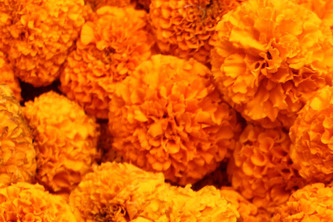
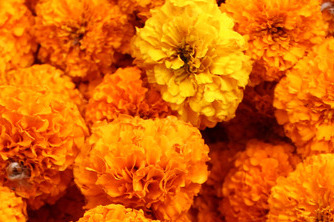
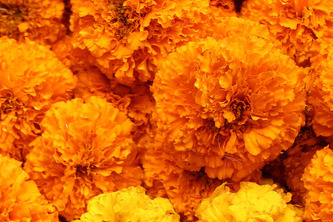
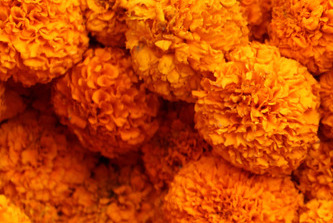
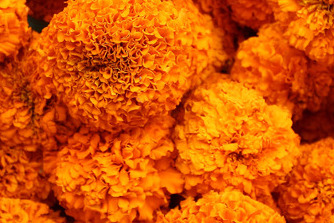
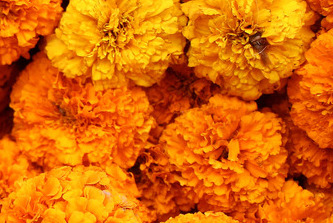
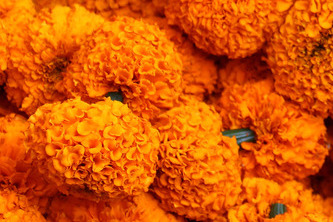
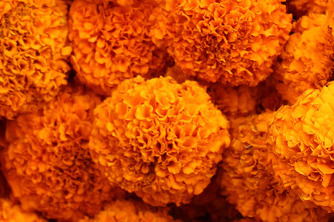
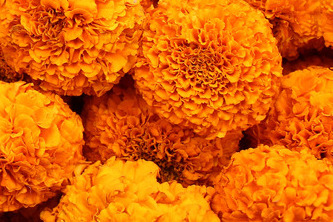
But Xochimilco not only offers an impressive natural environment but is also a treasure trove of culture and traditions. Here, you can enjoy live Mexican music and folklore as mariachis and other musical groups enliven the atmosphere with their talent and joy. Moreover, the food stalls along the canals offer a delicious variety of traditional dishes, such as Mexican antojitos and the famous mole.
Xochimilco has also been adapted for the big screen, where Dolores del Río embodies María Candelaria, a flower vendor whose tale of love and tragedy can only be captured by Emilio "El Indio Fernández" and the cinematographer Gabriel Figueroa. The landscape filled with ahuejotes and cayucos floating on the lake is an inspiring image, and fortunately, we can still witness it today.
The Xochimilco neighborhood is located 43 kilometers from the historic center of Mexico City and can be reached by private car or public transportation. If you're ready to embark on your trajinera adventure while listening to a trio of mariachis, we recommend visiting this destination between February and November to avoid rainy days.

